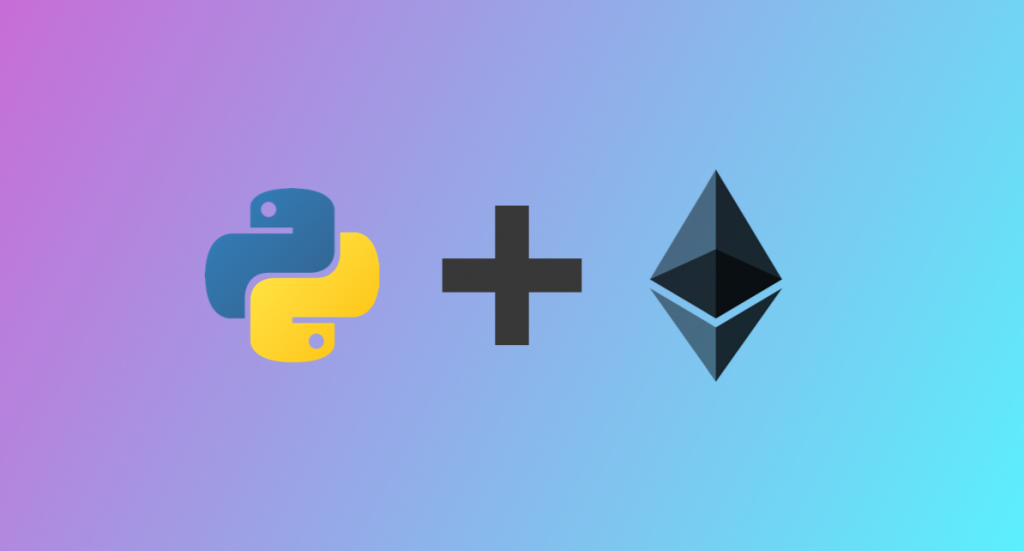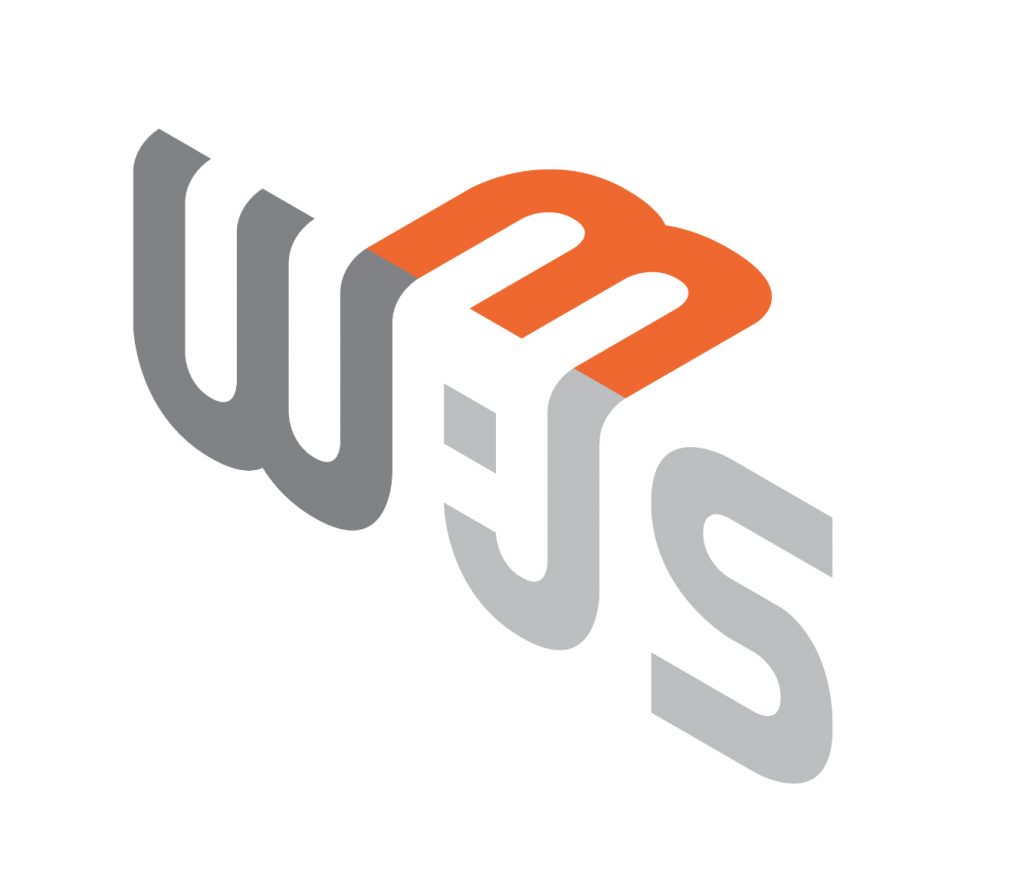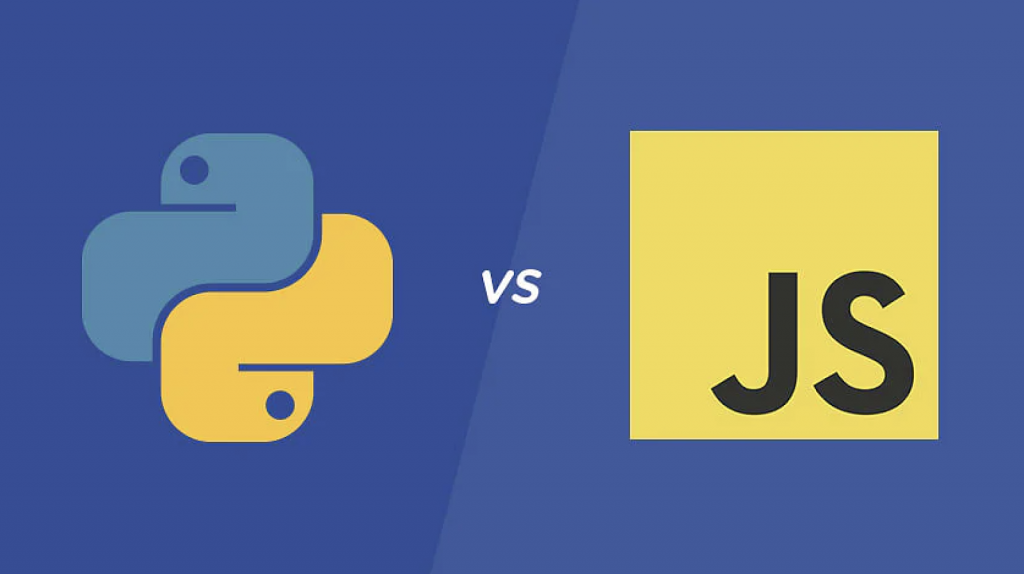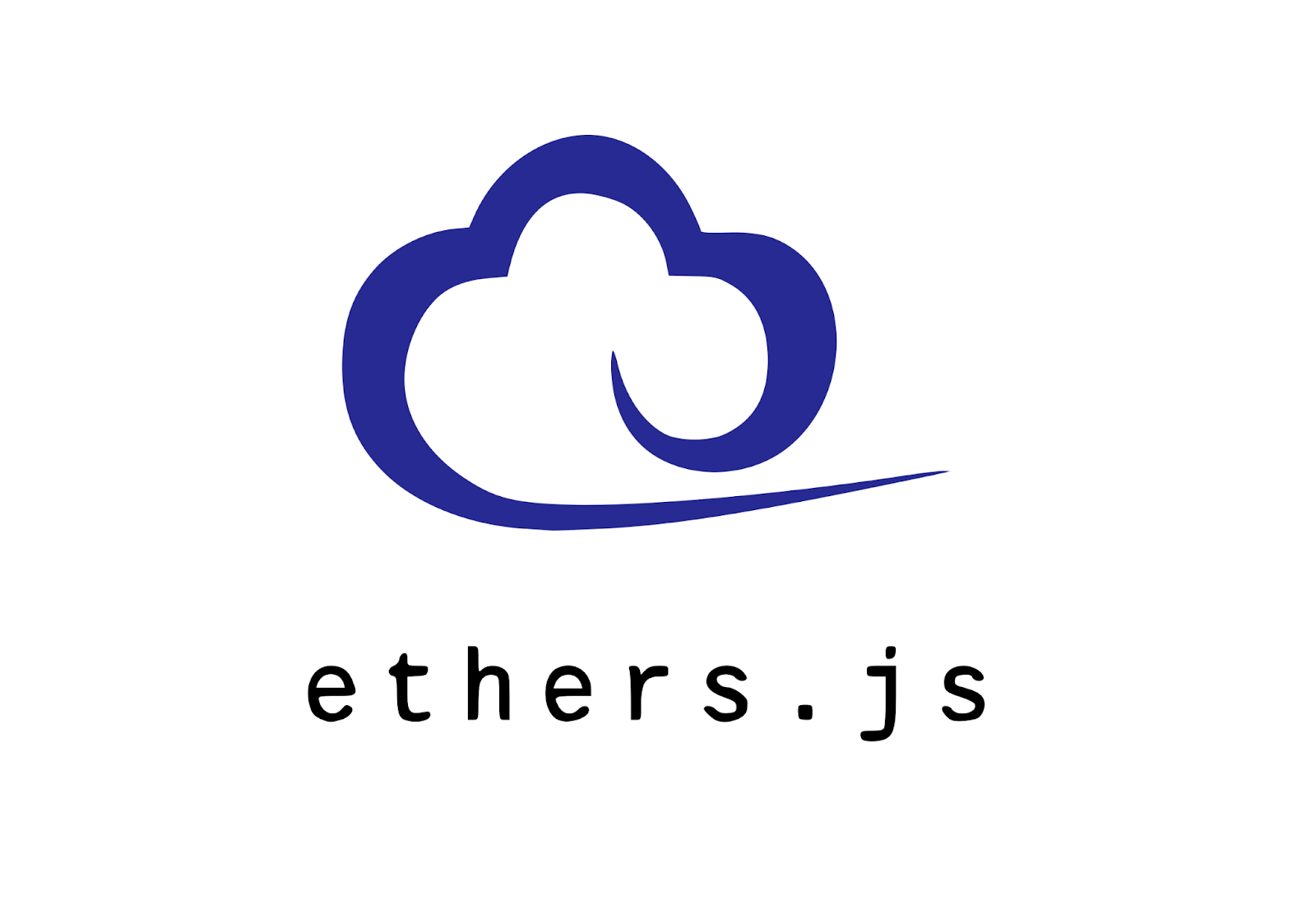If you are new to Web3 development, you should know that decentralized applications (dapps) and other Web3 projects are built on blockchains. Consequently, it is only natural that a critical aspect of Web3 development revolves around interacting with these decentralized networks. When it comes to Ethereum – the most significant and well-used network – developers use Web3 libraries to establish means of communication between the blockchain and projects. What’s more, two of the most prominent alternatives are Web3.py and Web3.js. However, which of these libraries is the best alternative for you? If you are looking for the answer to this question, join us as we do a full-on Web3.py vs Web3.js comparison in this guide!
The article initially delves deeper into the intricacies of both Web3.py and Web3.js individually to give you an overview of what they entail. From there, we compare the alternatives to highlight their differences and similarities. Lastly, to top things off, we explore two additional options: ethers.js and Moralis!
Moralis is the premier Web3 infrastructure provider supplying enterprise-grade development tools such as leading Web3 APIs. Among these application programming interfaces, you will, for instance, find the Auth API, EVM API, NFT API, etc. Through these development tools, Moralis is able to facilitate the fastest way to build a Web3 app! Consequently, if you are serious about Web3 development, sign up with Moralis right away. With an account at your disposal, you can fully leverage the power of blockchain technology to build dapps and other blockchain projects in no time! What’s more, creating an account only takes a couple of seconds and is entirely free, so you have nothing to lose!
Exploring Web3.py and Web3.js
As you might already know, dapps (decentralized applications) and other Web3 projects run on decentralized blockchain networks. Accordingly, a central aspect of Web3 development revolves around establishing intersystem communications between projects and the chains they are built upon.
With this being such a critical aspect of Web3 programming, developers need efficient workflows for setting up these connections and linking the ecosystems together. That said, how can developers seamlessly interact with a blockchain network? Before answering that, note that for simplicity and relevance, this article focuses on the most significant decentralized blockchain: Ethereum. So, in an Ethereum context, the answer to the question mentioned earlier is Web3 libraries, and two leading alternatives are Web3.py and Web3.js!

However, which of the two should you opt for in your Web3 development endeavors? If you want the answer to this question, join us in this Web3.py vs Web3.js tutorial as we compare them. But, before jumping into the ”Web3.py vs Web3.js – Ultimate Comparison” section, the guide begins by exploring the intricacies of both Web3.py and Web3.js, starting with the former!
What is Web3.py?
If you are a Python developer looking to build dapps and other Web3 platforms, Web3.py is your go-to library. Web3.py is, as the name indicates, a Python library for interacting with the Ethereum blockchain. This is a commonly used library for dapp development, helping with tasks such as sending transactions, reading block data, interacting with smart contracts, and much more.

Web3.py ”talks” to the Ethereum network using the JSON-RPC (JavaScript Object Notation – remote procedure call) protocol. Through this protocol, the Web3.py library has the ability to make requests to Ethereum nodes or clients on behalf of the network. Consequently, this is how you can write and read data on the Ethereum blockchain using only a single node. To make a comparison, if you are familiar with conventional programming practices, it is like making an HTTP request to JSON APIs on web servers.
What’s more, Web3.py’s original application programming interface (API) originates from Web3.js. However, it has since evolved to become more adapted for Python development. But, this further means that the libraries share some commonalities. Nevertheless, now that you are more familiar with Web3.py, let us dive into the second alternative and explore Web3.js in the following section!
What is Web3.js?
Web3.js was initially launched in 2015 and is, like Web3.py, an open-source library for interacting with the Ethereum network. However, as the name indicates, this is a JavaScript library rather than Python. The Ethereum Foundation is the organization behind this library, suggesting that a rather extensive community backs Web3.js. Moreover, since it is almost eight years old, it is battle-tested and is currently used by many prominent Web3-based projects, including OpenSea.

Like Web3.py, Web3.js also communicates and interacts with the Ethereum network through the JSON-RPC protocol. What’s more, the library has a few core modules:
- ”web3.eth” – This is the module for interacting with the Ethereum network. It has other sub-modules like, for instance, ”web3.eth.accounts” and ”web3.eth.subscribe”.
- ”web3.shh” – The ”web3.shh” module enables you to interact with the Whisper protocol seamlessly.
- ”web3.bzz” – You can use this module to interact with the Swarm network.
- ”web3.utils” – ”web3.utils” supply utility functions of Ethereum projects and additional packages.
- ”web3.net” – With ”web3.net”, you can interact with network properties.
Nonetheless, that briefly covers the intricacies of both Web3.py and Web3.js. So, which of these libraries should you opt for?
Which Out of the Two Leading Libraries is Better?
It is relatively hard to determine which of these libraries is the best since they share many commonalities. Consequently, it becomes challenging to give a straightforward answer to the question posed in the title of this sub-section.
As such, we will take the next part to dive a bit deeper into Web3.js vs Web3.py. This will provide more insight into the differences between these libraries and hopefully enable you to make a more informed decision. Nevertheless, let us jump into the ”Web3.py vs Web3.js – Ultimate Comparison” section down below!
Web3.py vs Web3.js – Ultimate Comparison
Since Web3.py originates from Web3.js, these two libraries share many commonalities and features. Furthermore, Web3.py and Web3.js both aim to enable seamless interaction with the Ethereum network. As a result, it becomes quite challenging to pick one over the other. However, as you might have figured out already, the main difference between these two libraries is their respective programming language developers utilize for each library!

Consequently, there are different scenarios where the libraries shine and where one library is preferred over the other. For instance, if you are looking to develop Python-based Web3 projects, then Web3.py is the go-to library for you. On the other hand, if you are a developer who wants to create JavaScript-based dapps, then opt for Web3.js instead.
In conclusion, the deciding factor between Web3.py vs Web3.js is situational, depending entirely on your preferences as a developer and the specifications of your projects. However, to potentially make your decision between Web3.py vs Web3.js easier, let us briefly instead compare Python and JavaScript in a Web3 context.
JavaScript is currently more well-used than Python when it comes to developing dapps, and it has been for quite some time. As such, there are more tools and resources available for JavaScript development. However, with that said, Python is rapidly emerging, and more and more tools are being developed to aid Python developers within the space. A great example is Moralis’ Python SDK. If you want to learn more about this development tool, check out the official Web3 Python SDK documentation.
Nevertheless, even though JavaScript is the most popular language, there are sufficient resources for Web3 Python development alike. As such, the decision between Web3.js vs Web3.py should be dependent on your skills and your projects’ requirements!
Beyond Web3.js vs Web3.py – Alternatives
In addition to Web3.py and Web3.js, you should also be aware of other libraries and alternative options. Thus, let us in this section go beyond Web3.js vs Web3.py. As such, we’re going to travel to the outer rim of these libraries and explore some additional, prominent examples enabling you to interact with various blockchain networks seamlessly.
More specifically, in the following two sub-sections, we will focus on ethers.js and Moralis. As such, without further ado, let us jump straight into ethers.js!
Web3.py vs Web3.js Alternatives: Ethers.js
Ethers.js was first released seven years ago in 2016. Furthermore, just like Web3.js – ethers.js is a JavaScript library. The primary goal of ethers.js is to provide a complete and compact library for interacting with the Ethereum network. In addition, it was initially designed for use with ”ethers.io” but has since evolved to become a more general-purpose library.

Some of the main features of this library are ethers.js’ user-friendly API structure, small bundle size, and extensive documentation. Another feature is that it is written in TypeScript. Moreover, ethers.js is relatively intuitive and easy to use, making it a top choice among Web3 developers.
Furthermore, ethers.js consists of four core modules: “ethers.wallets“, ”ethers.provider”, “ethers.contract“, and “ethers.utils“. Each of these four modules has a different function and is essential to ethers.js’ API. Nevertheless, for more info regarding the modules and the overall library, check out our article explaining the intricacies of ethers.js further!
Additionally, you can find more amazing Moralis ethers.js development content here on the blog. For example, check out our guide on ethers.js events or learn how to create an ethers.js dapp!
Web3.py vs Web3.js Alternatives: Moralis
One of the core features of Web3.js, Web3.py, and ethers.js is the ability to use these libraries to create blockchain listeners. However, when it comes to monitoring the blockchain, your best alternative is Moralis and Web3 streams!
Essentially, a Web3 stream is a more advanced blockchain listener, enabling you to monitor wallets and smart contract events. What’s more, with the Moralis Web3 Streams API, you can seamlessly set up streams to get blockchain data into the backend of your dapps via Moralis webhooks!

Furthermore, with Moralis’ cross-chain compatibility, you can create streams for multiple chains and networks. This includes many of the market’s most significant chains, such as Polygon, BNB Smart Chain, Avalanche, Ethereum, and others. In addition, the API is continuously maintained by the team at Moralis, frequently adding new networks.
It is possible to use the API to set up Web3 streams to receive webhooks whenever an address receives, swaps, stakes, or sends an asset. You can also, for example, get webhooks when a battle starts in a Web3 game, someone participates in one of your token sales, or other on-chain events fire based on your filters.
If you want to learn more about the benefits of Moralis’ Web3 Streams API, check out our article on ethers.js vs Web3 streams. This guide compares the two alternatives, highlighting the benefits of using Moralis!
Summary – Web3.py vs Web3.js
In this article, we began by exploring the ins and outs of two of the most prominent Web3 libraries: Web3.py and Web3.js. In doing so, you learned that both libraries are used to interact with the Ethereum network. From there, the article compared Web3.py vs Web3.js to highlight the similarities and differences between them. From this comparison, you learned that the most significant difference is their respective languages developers must use. To summarise, as the names suggest, Web3.py is a Python library; meanwhile, Web3.js is a JavaScript library.
Consequently, your choice of a library should depend on your skills as a developer. Also, when considering each library, you must consider your project’s specifications. What’s more, in combination with a Web3.js vs Web3.py comparison, the article additionally explored two other alternatives: ethers.js and Moralis.

Nevertheless, if you enjoyed this tutorial, consider checking out additional Moralis content here on the Web3 blog. For instance, if Web3 py development excites you, check out our Web3 py tutorial on Ethereum Python implementation! In addition, the blog also features more general topics, covering concepts like danksharding or essential Web3 programming languages!
What’s more, do not forget to sign up with Moralis to access a more seamless developer experience. You can set up your account entirely for free and immediately leverage the power of blockchain technology in all future projects!
Last but not least, if you want to take your Web3 career further, make sure to enroll in Moralis Academy. The academy features numerous blockchain courses, ranging from blockchain and Bitcoin fundamentals to Ethereum smart contract programming! Enroll today and future-proof your career in Web3!
